ESCI 1/48 Atlas Impala Mk.1
The Aermacchi MB-326 was a low-wing monoplane with an all-metal structure composed of light alloys. As originally developed, the MB-326 functioned as a refined but simple aircraft capable of covering the considerably wide range of performance characteristics required on both ab initio training and advanced instruction alike.
The MB-326 was powered by a single Rolls-Royce Viper non-afterburning turbojet engine, which possessed multiple favorable attributes in par with the MB-326's philosophy of simplicity and robustness, with a somewhat forgiving nature to mishandling in the air by students.
The MB-326 was outfitted with a tandem cockpit configuration, this arrangement had been chosen to result in a slimmer and more aerodynamically efficient fuselage in comparison to the then more usual side-by-side arrangement.
Though originally conceived as a two-seat trainer, there have also been single and two-seat light attack versions produced. It is one of the most commercially successful aircraft of its type, being bought by more than 10 countries and produced under license in Australia, Brazil and South Africa.
South Africa obtained a license to produce the Aermacchi MB-326M, as the Impala Mk I in 1964 with production starting in 1966. It received a number (40 or 16, with sources varying) Italian-built aircraft followed by about 125 (135) built locally by the Atlas Aircraft Corporation.
In the latter configuration, the aircraft had many advantages over more expensive fast-jets. Although slower, it could operate from primitive, short airfields and strike within minutes.
This is the venerable ESCI kit of the classic trainer, accompanying us from 1981.
The build was an entry to Michael Paquette' s Serving Under Another Flag GB. Thanks All who followed my thread!
Should you wish to read the full build review, you may do so by visiting my beloved site Modelingmadness:
https://modelingmadness.com/review/viet/i/penimp.htm
Happy modelling!



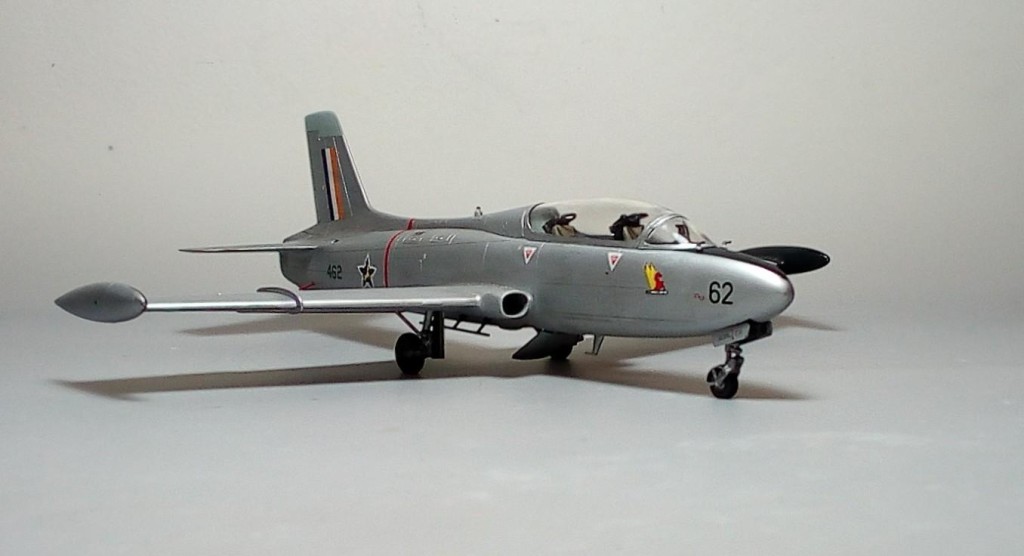
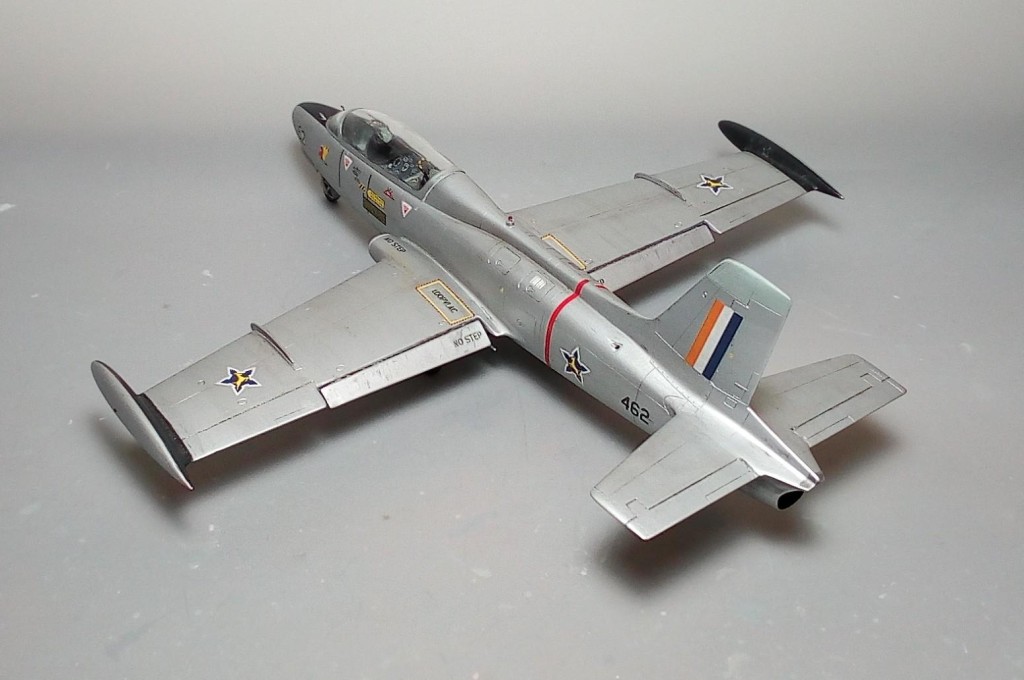
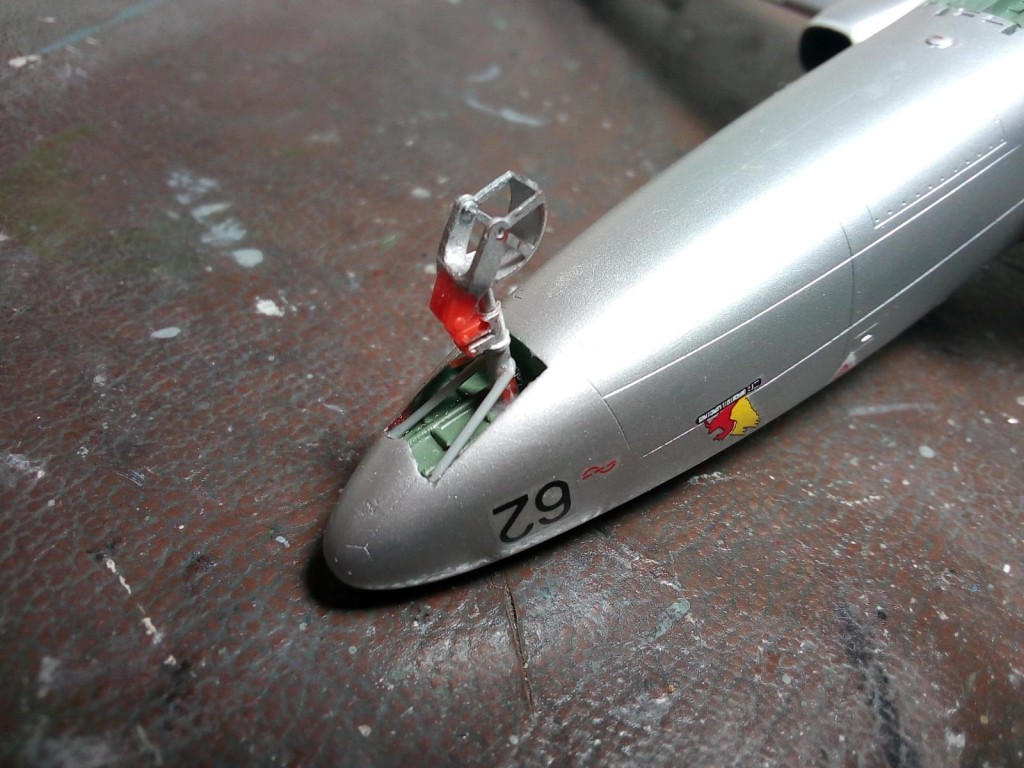
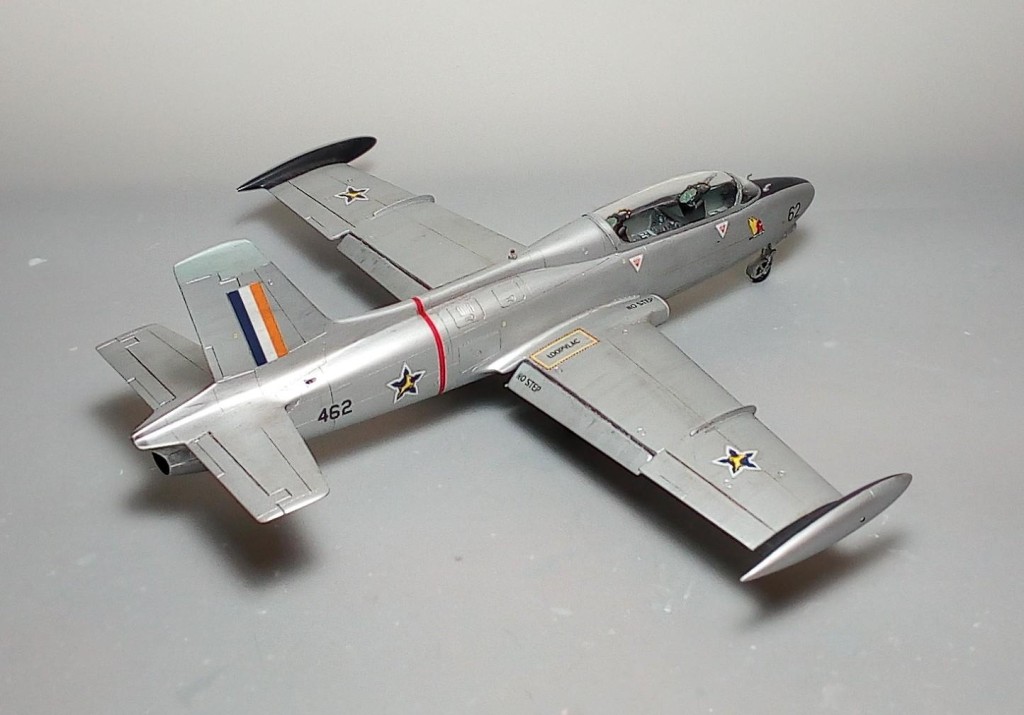
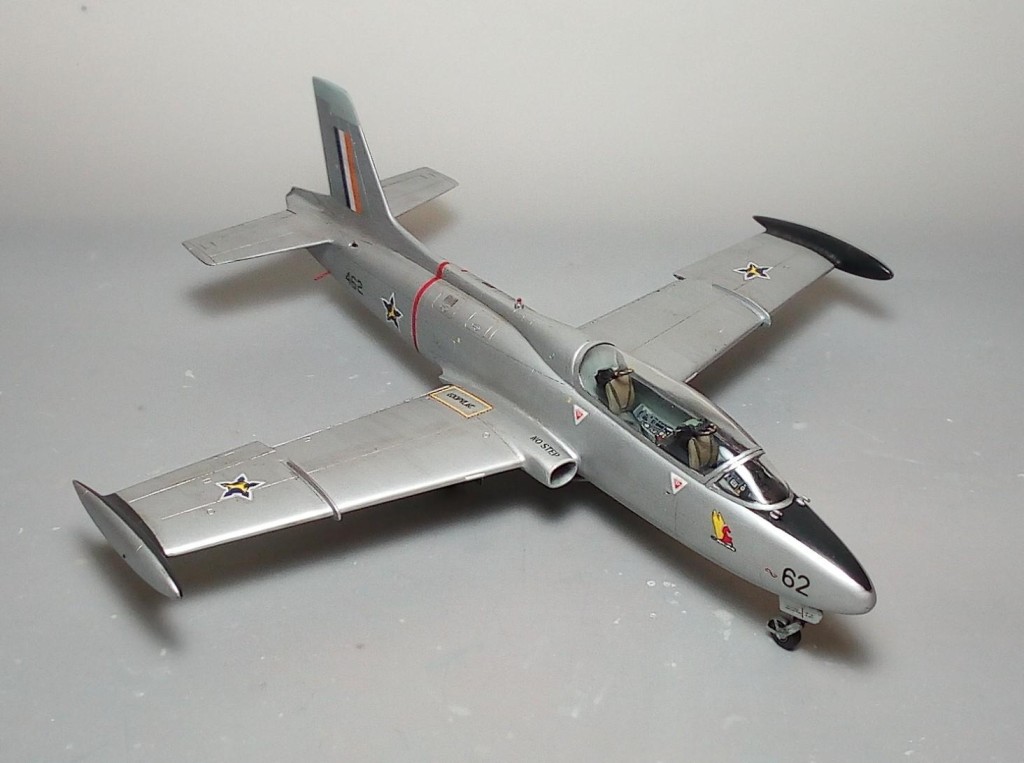
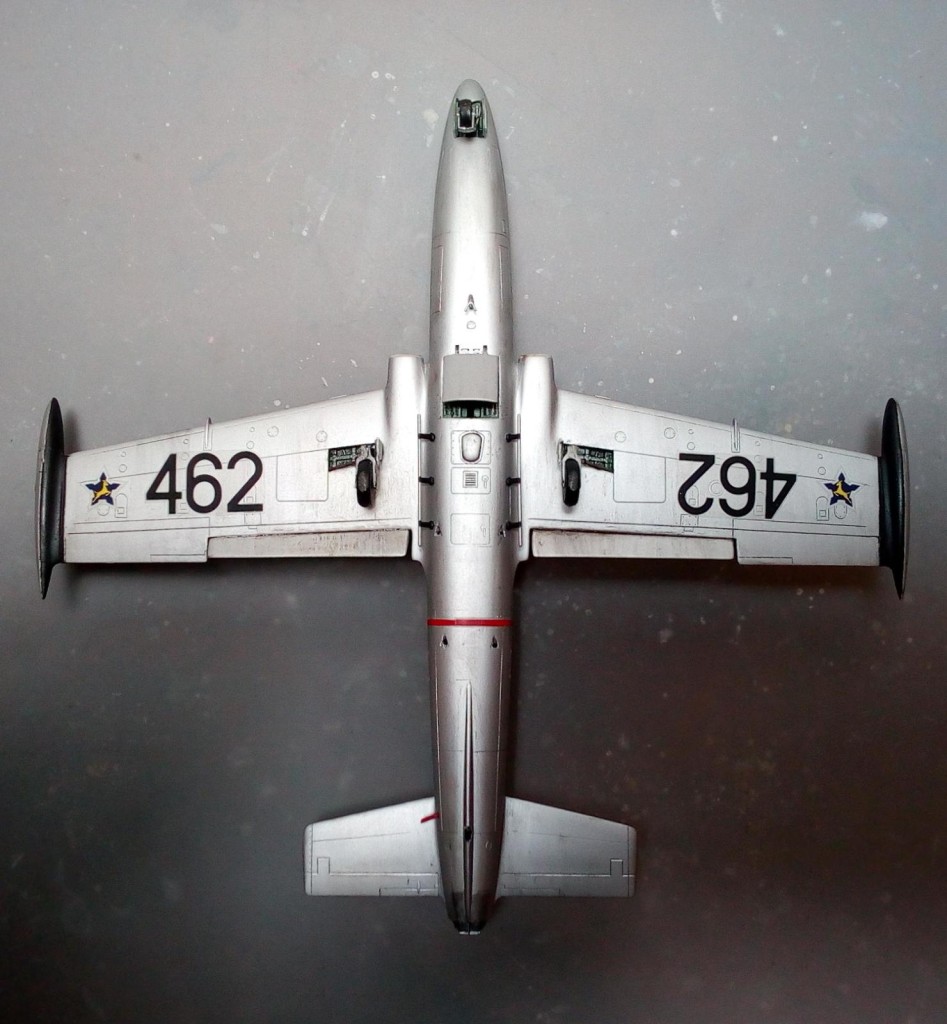

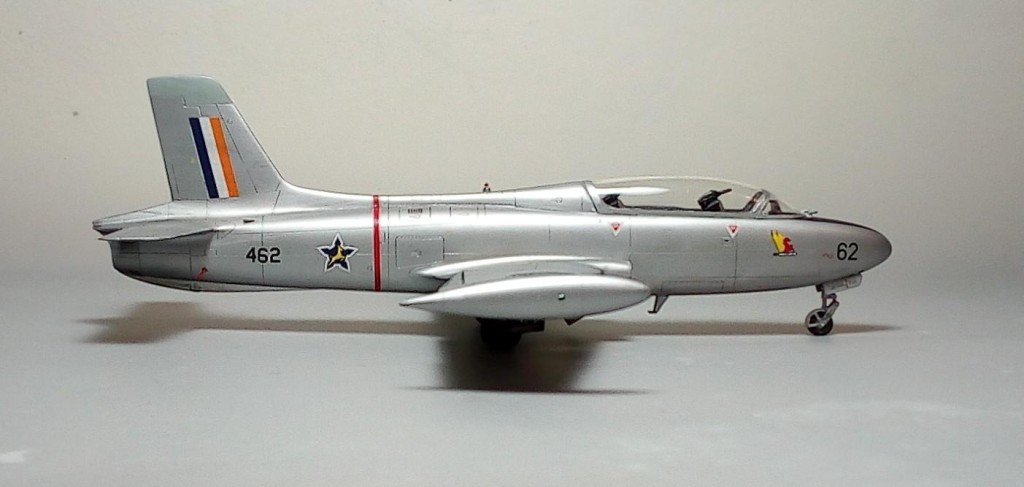
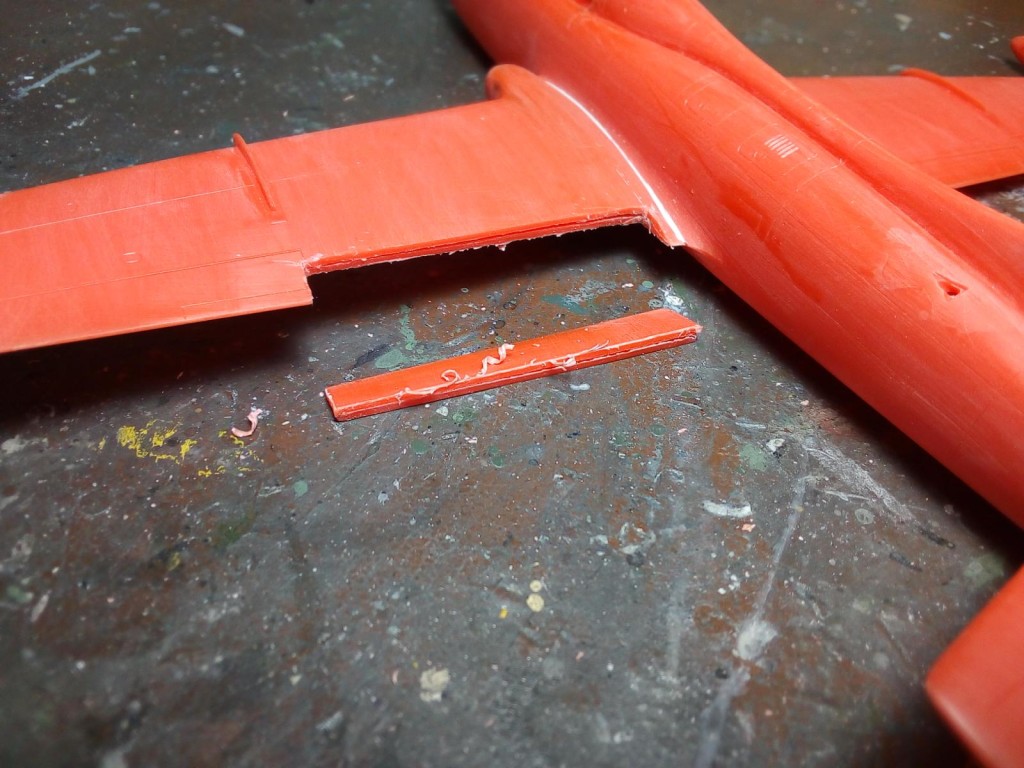
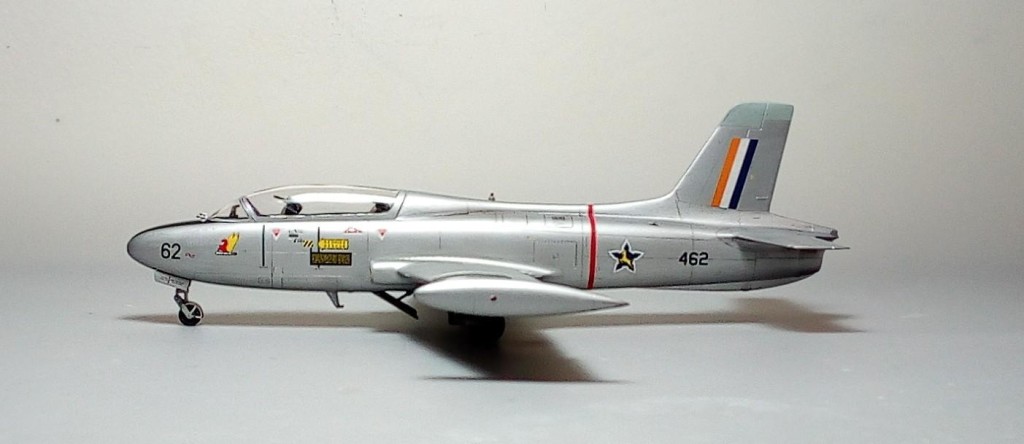
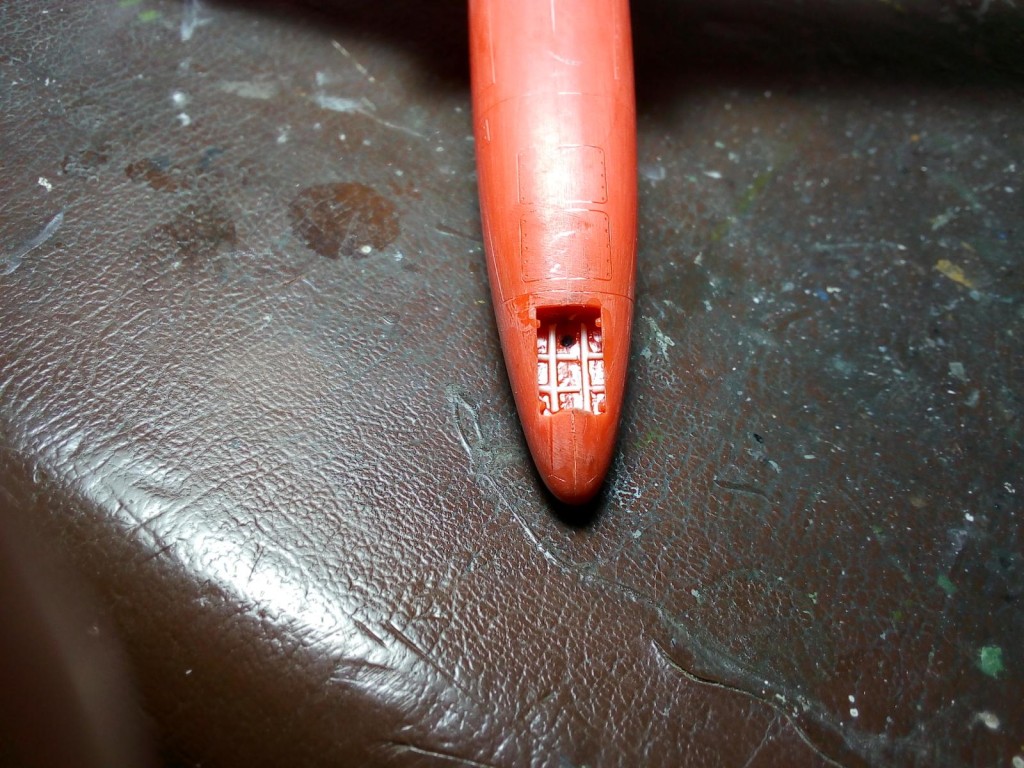
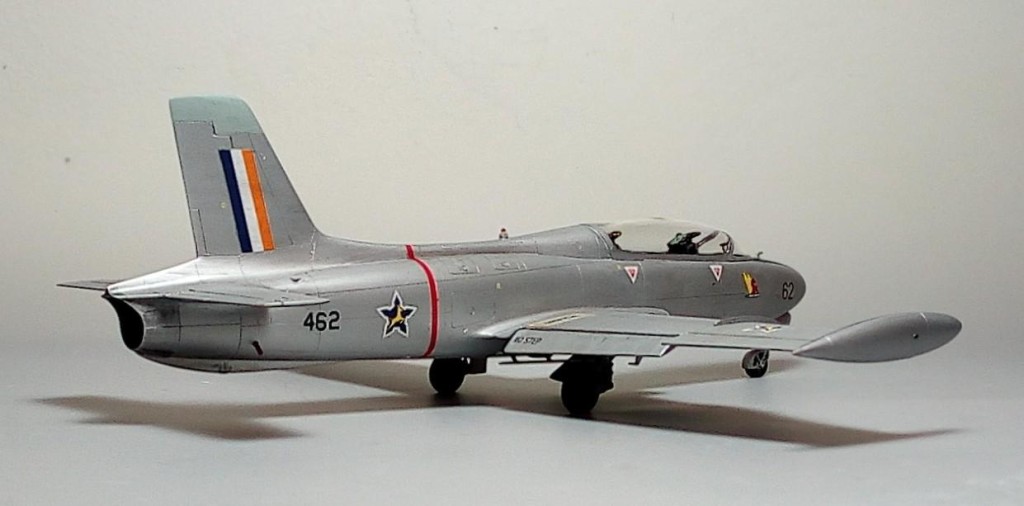
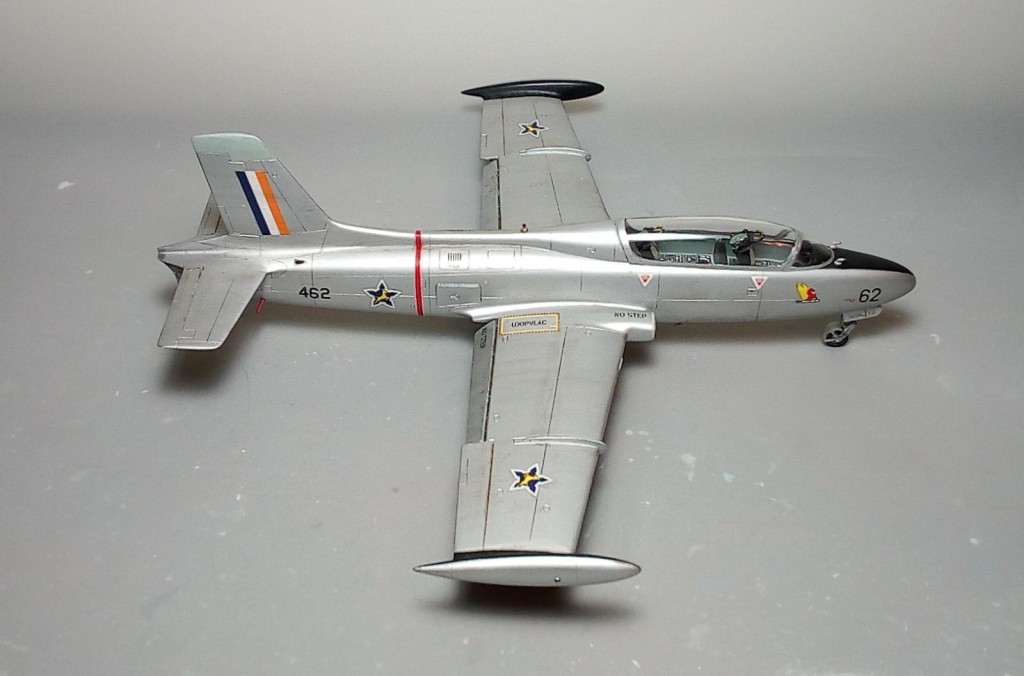
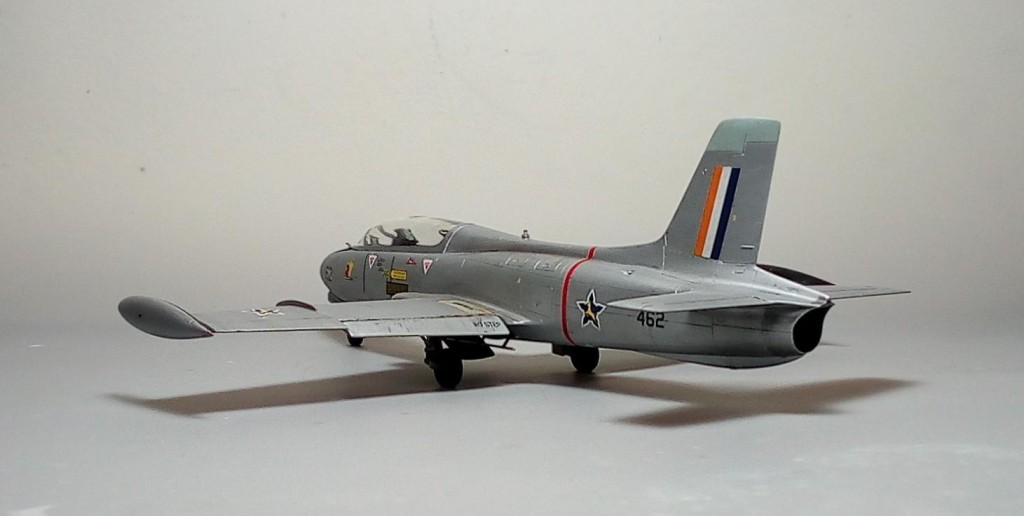

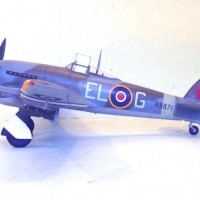
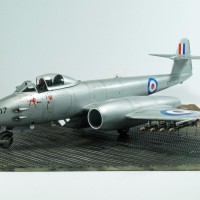
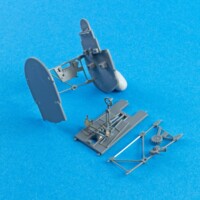
Great looking Impala, Spiros @fiveten
Beautiful looking South African scheme.
The lowered flaps do give this build a much more attractive look.
Your build thread was a pleasure to follow and the MM article is a pleasure to read.
Well done.
Thanks for everything, my friend @johnb!
You did a great a job on what looks like a basic kit , you brought it up to date, well done mate.
Thanks my friend @neil-foster!
Nice work Spiros. I remember the Impala flying over my uncles house, daily on time, like clockwork in the Cape. That, and the ones destroyed by the FNLC a bit farther North
Thanks my friend @bernardbedeur!
Glad to see this one finished, Spiros! It looks especially great in silver.
Thanks my friend @j-healy!
Beautiful work, Spiros! She looks great in silver and there's enough colours in South African markings to make it visually attractive!
Thanks my friend @inflames!
Nice looking Impala, Spiros @fiveten. I love the silver scheme with South African markings!
Thanks my friend @v1pro!
Great job, Spiros (@fiveten). The NMF came out perfectly and it nicely covers the bright orange/red plastic (Wow). I have this kit floating around and eventually want to do the South African Impala with the brown and green camo.
Thanks my friend @gblair! Looking forward to yours!
Nice Impala Spiros.
Thanks my friend @info4!
Great looking Impala MK1, Spiros! Brings back great memories of my late Grandfather that worked with them at Langebaan Weg. I've got the same kit which I should pull out and build!
Thanks my friend @neillroos! Will be great to see yours built!
Turned out very well. I’d never heard of this jet till now.
Thanks my friend @ssgt!
Cool work! Is it a lead weight for a fishing rod in the nose?
Thanks my friend @lis!
Yes, this is a fishing weight.
Looks great, Spiros. Nice job covering up the day-glo red. LOL
Thanks my friend @gwskat!
Great build, Spiros, and excellent results with a very basic kit.
It took me back to the eighties, when I had a great time flying these superb light attack/trainers while in the service.
I'll start my own kit here, shortly, in Brazilian Air Force markings.
Congrats!
Thanks my friend @george72!
Looking forward to see yours built: will look wonderful in Brazilian markings!
Another nice one Spiros @fiveten. Well written. Wow, red styrene!
Thanks my friend @eb801!
Yes, I was reslly curious on how things would go with the red styrene...all good!
I've had the same kit for years, not looking forward to trying to paint over that bright orange plastic. Wish there were some AM markings out there for some of the export aircraft (like Zaire or Brazil).
Lovely clean build Spiros and nice write-up.
Thanks my friend @ij001!
Export MB-326s featured indeed such interesting schemes.
I’m going to think of this as a non-military plane, how could you name anything with guns, missiles, or bombs “Impala”? Beautiful nmf on this Spiros, well up to your normal super standard, definitely liked.
Thanks my friend @chinesegeorge!
Very sharp build. You were brave to put an NMF scheme on an old kit like this, but it came out gorgeous! Well done.
Thanks so much my friend @gkittinger!
Well done as ever, Spiros. Another beauty - prolific and stunning!
Thanks so much, my friend @yellow10!
Another great metal finish - well done!
Thanks my friend @rbungay! I love how the Implala looks in NMF!